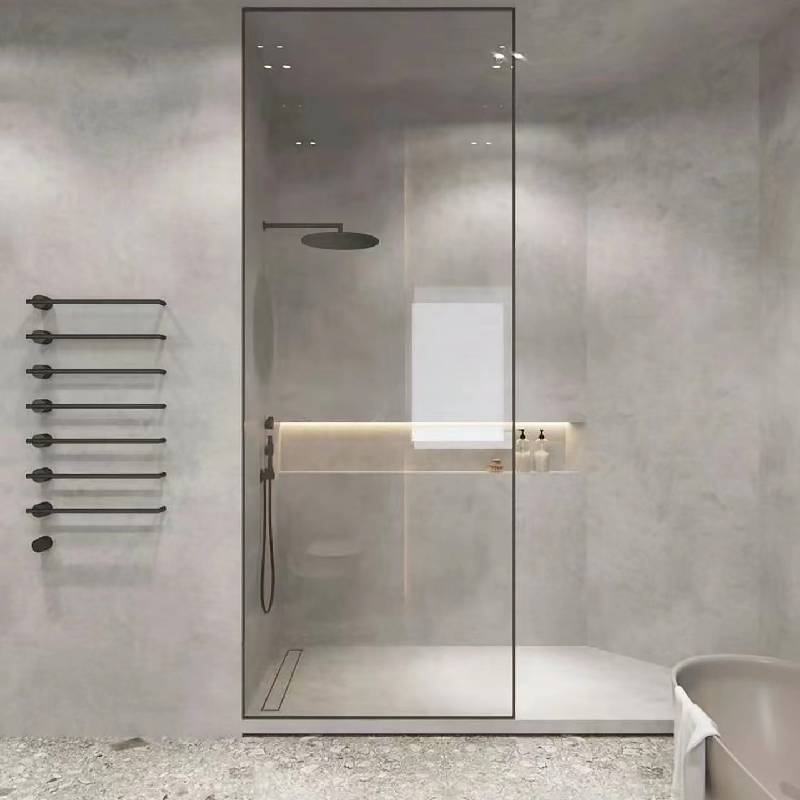

The Tempered Glass Process Enhancing Strength and Safety
Tempered glass, also known as toughened glass, is a type of safety glass that has been treated to withstand greater stress and temperature changes than standard glass. The tempered glass process involves a series of steps designed to improve the strength and safety of the glass, making it an ideal choice for a range of applications, from windows and doors to glass partitions and shower enclosures. This article explores the tempered glass process, its benefits, and its applications.
The Tempering Process
The tempered glass manufacturing process begins with high-quality, low-iron glass sheets. These sheets are cut to size according to the specific requirements of the intended application. The initial step involves cleaning the glass sheets to remove any impurities, dust, or oils that may affect the quality of the final product.
Once the glass is cleaned and cut, it undergoes a heating process in a specialized furnace, where it is heated to temperatures ranging from 600°C to 700°C (1112°F to 1292°F). This heating phase is crucial as it alters the internal structure of the glass. By heating the glass uniformly, manufacturers create a thermally balanced material that can better withstand external forces.
After reaching the desired temperature, the glass is subjected to a rapid cooling process known as quenching. This is achieved by blowing cool air onto the glass surface, which causes the outer layer to cool and solidify faster than the inner layer. This differential cooling creates compressive stresses on the surface while maintaining tensile stresses in the core of the glass. As a result, tempered glass becomes significantly stronger than untreated glass—up to five times more resistant to breakage.
Benefits of Tempered Glass

The tempered glass process provides numerous benefits that enhance both the safety and functionality of the material. First and foremost, tempered glass is much more resistant to thermal stress. This characteristic allows it to tolerate sudden temperature changes without breaking, making it a preferred option for applications exposed to heat, such as in the automotive industry or in buildings with significant solar exposure.
Moreover, if tempered glass does break, it shatters into small, blunt pieces rather than sharp shards. This feature greatly reduces the risk of injury, making it an ideal choice for use in public spaces, homes, and commercial buildings.
Additionally, tempered glass offers enhanced durability and resistance to scratches compared to regular glass. Its strength allows it to be used in situations where conventional glass might easily fail, providing peace of mind for architects, builders, and homeowners alike.
Applications of Tempered Glass
The applications for tempered glass are extensive and varied. In residential settings, it is commonly used in shower doors, glass railings, and patio doors, where safety is paramount. In commercial environments, tempered glass is found in storefronts, facades, and office partitions, providing both aesthetic appeal and safety.
In addition, tempered glass is widely used in the automotive industry for side and rear windows, as well as in glass roofs. Its strength and ability to withstand temperature fluctuations make it a reliable choice for vehicles, ensuring both durability and passenger safety.
In summary, the tempered glass process is an innovative method of enhancing the strength and safety of glass products. By subjecting high-quality glass to controlled heating and rapid cooling, manufacturers create a versatile material that is widely used in various applications, from residential to commercial and automotive. With its ability to resist thermal stress and shatter into safe pieces, tempered glass stands out as a superior choice for modern design and safety requirements.